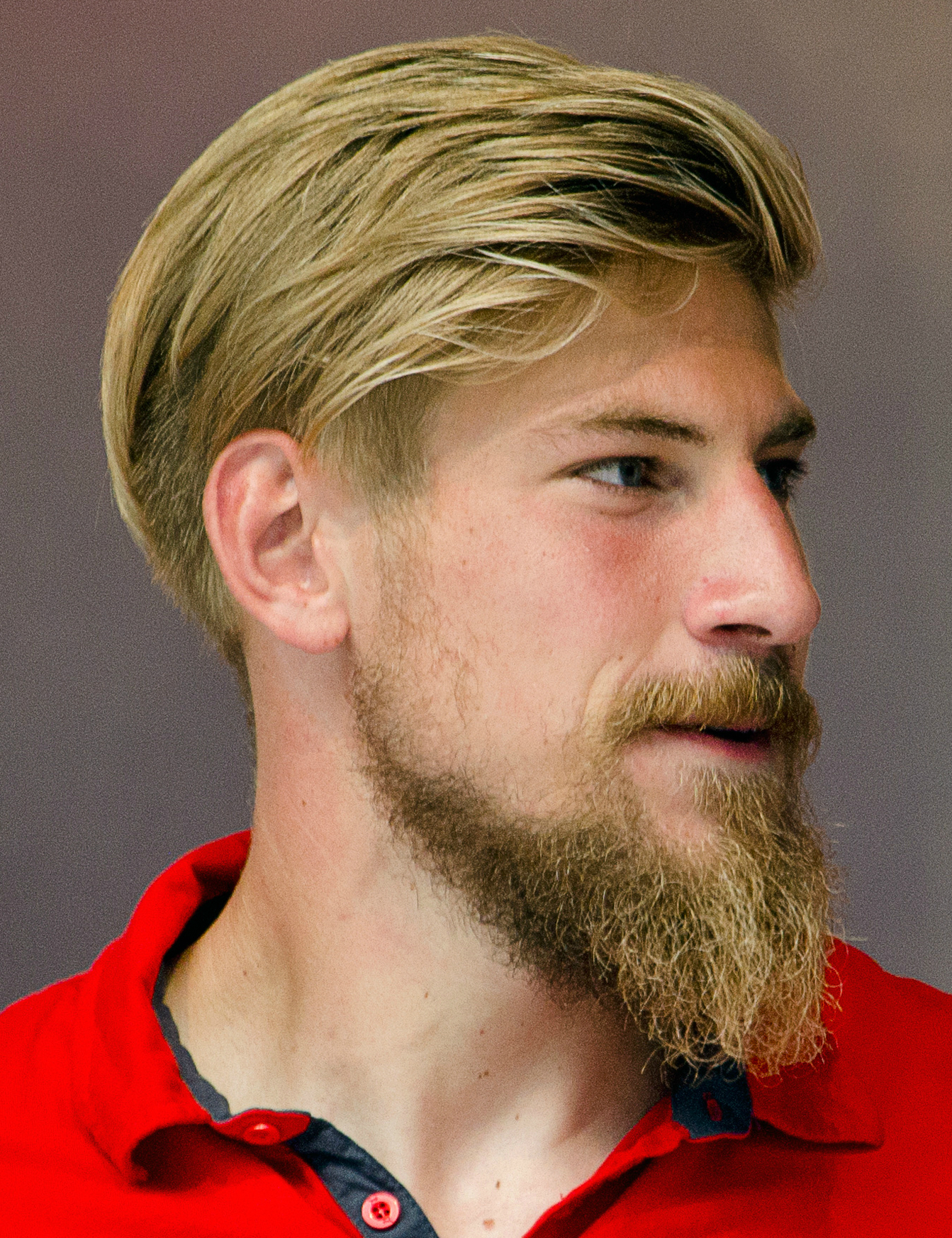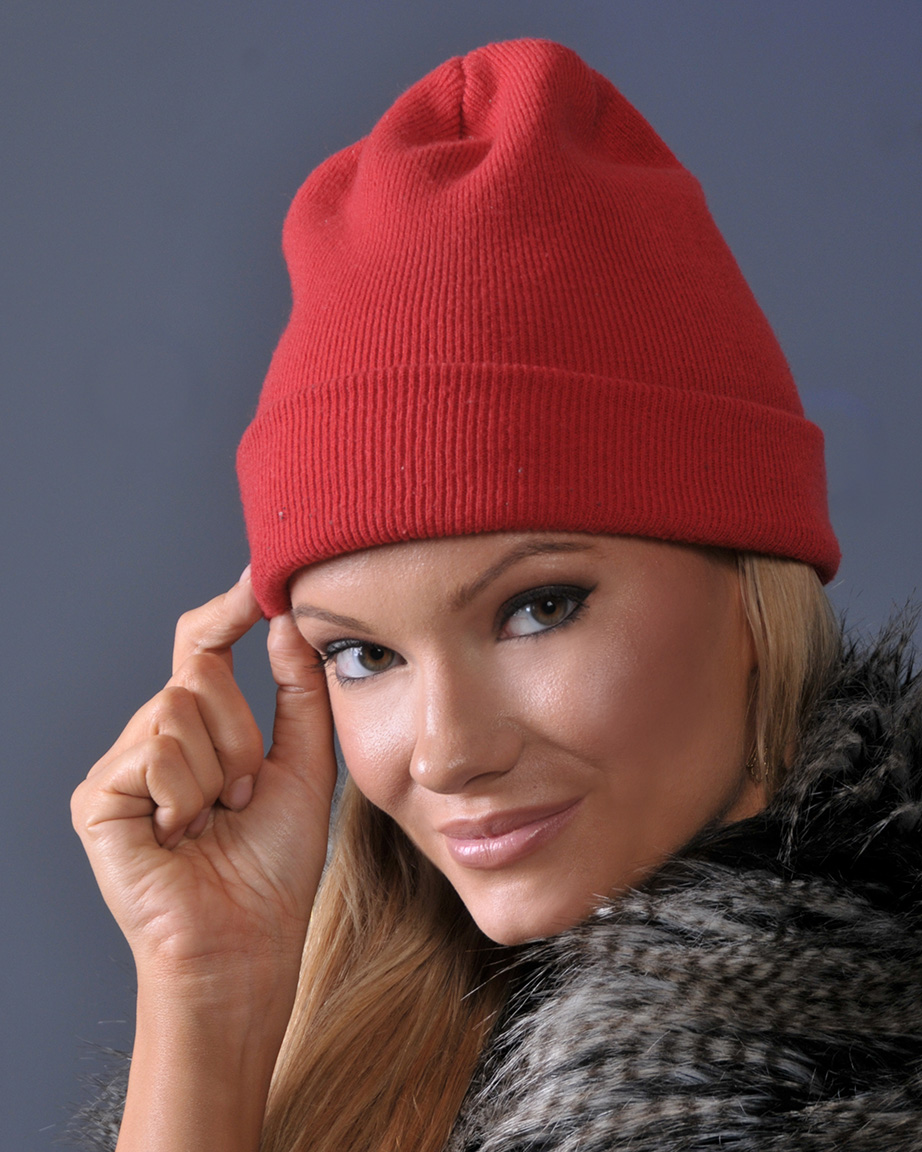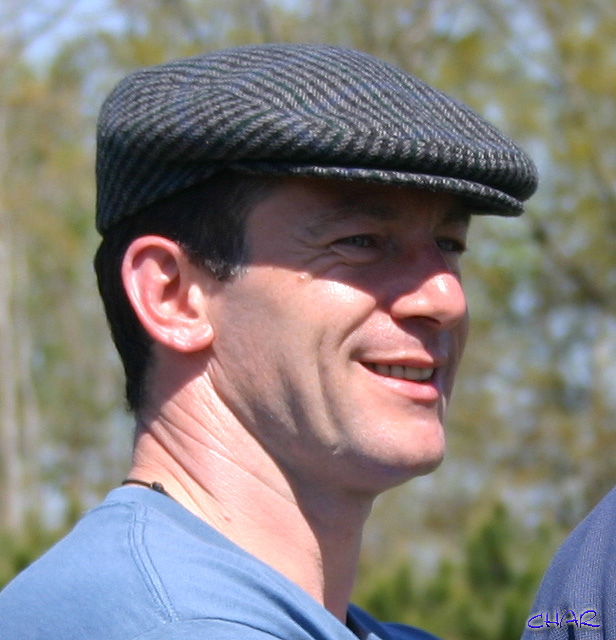|
Lord Snooty
Lord Snooty is a fictional character who stars in the British comic strip ''Lord Snooty and his Pals'' from the British comic anthology ''The Beano''. The strip debuted in issue 1, illustrated by DC Thomson artist Dudley D. Watkins, who designed and wrote Snooty's stories until 1968, but the stories would continue featuring in ''Beano'' issues until 1991, with occasional revivals and character cameos. Synopsis ''Lord Snooty'' starred a wealthy Eton schoolboy named Marmaduke, the bored Earl of Bunkerton who often sneaked out of his home to bond with the working-class children on the other side of town. His friends knew he was a wealthy child and affectionately nicknamed him "Snooty", but he donned a disguise to hide from his family and the Bunkerton Castle staff. Other stories followed misadventures in Snooty's life, such as him outsmarting or helping the residents of the castle, causing or running into mayhem with his friends, visiting Professor Screwtop to help with his new in ... [...More Info...] [...Related Items...] OR: [Wikipedia] [Google] [Baidu] |
Dudley D
Dudley is a large market town and administrative centre in the county of West Midlands, England, southeast of Wolverhampton and northwest of Birmingham. Historically an exclave of Worcestershire, the town is the administrative centre of the Metropolitan Borough of Dudley; in 2011 it had a population of 79,379. The Metropolitan Borough, which includes the towns of Stourbridge and Halesowen, had a population of 312,900. In 2014 the borough council named Dudley as the capital of the Black Country. Originally a market town, Dudley was one of the birthplaces of the Industrial Revolution and grew into an industrial centre in the 19th century with its iron, coal, and limestone industries before their decline and the relocation of its commercial centre to the nearby Merry Hill Shopping Centre in the 1980s. Tourist attractions include Dudley Zoo and Castle, the 12th century priory ruins, and the Black Country Living Museum. History Early history Dudley has a history d ... [...More Info...] [...Related Items...] OR: [Wikipedia] [Google] [Baidu] |
The Bash Street Kids
''The Bash Street Kids'' is a comic strip in the British comic magazine ''The Beano''. It also appeared briefly in The Wizard as series of prose stories in 1955. The strip, created by Leo Baxendale as ''When the Bell Rings'', first appeared in issue 604 (dated February 1954). It became ''The Bash Street Kids'' in 1956 and has become a regular feature, appearing in every issue. Since 1961, David Sutherland has drawn about 2,100 strips. History Like many long-running UK comic strips, ''The Bash Street Kids'' is mostly frozen in the era when it began. It portrays Class 2B of the Bash Street School in Beanotown, where the teacher and headmaster wear gowns and the students sit at wood desks with inkwells. They are taught by a stereotypical "Teacher", whose wife is "Mrs Teacher". The characters were inspired by the view from the D. C. Thomson & Co. office windows, overlooking the High School of Dundee playground. According to Leo Baxendale, "In fact, the catalyst for my creat ... [...More Info...] [...Related Items...] OR: [Wikipedia] [Google] [Baidu] |
Blond
Blond (male) or blonde (female), also referred to as fair hair, is a hair color characterized by low levels of the dark pigment eumelanin. The resultant visible hue depends on various factors, but always has some yellowish color. The color can be from the very pale blond (caused by a patchy, scarce distribution of pigment) to reddish "strawberry" blond or golden-brownish ("sandy") blond colors (the latter with more eumelanin). Occasionally, the state of being blond, and specifically the occurrence of blond traits in a predominantly dark or colored population are referred to as blondism. Because hair color tends to darken with age, natural blond hair is significantly less common in adulthood. Naturally-occurring blond hair is primarily found in people living in or descended from people who lived in the northern half of Europe, and may have evolved alongside the development of light skin that enables more efficient synthesis of vitamin D, due to northern Europe's lower levels of ... [...More Info...] [...Related Items...] OR: [Wikipedia] [Google] [Baidu] |
Hairpin
A hairpin or hair pin is a long device used to hold a person's hair in place. It may be used simply to secure long hair out of the way for convenience or as part of an elaborate hairstyle or coiffure. The earliest evidence for dressing the hair may be seen in carved "Venus figurines" such as the Venus of Brassempouy and the Venus of Willendorf. The creation of different hairstyles, especially among women, seems to be common to all cultures and all periods and many past, and current, societies use hairpins. Hairpins made of metal, ivory, bronze, carved wood, etc. were used in ancient Egypt. for securing decorated hairstyles. Such hairpins suggest, as graves show, that many were luxury objects among the Egyptians and later the Greeks, Etruscans, and Romans. Major success came in 1901 with the invention of the spiral hairpin by New Zealand inventor Ernest Godward. This was a predecessor of the hair clip. The hairpin may be decorative and encrusted with jewels and ornaments, or ... [...More Info...] [...Related Items...] OR: [Wikipedia] [Google] [Baidu] |
Bobble Hat
A knit cap is a piece of knitted headwear designed to provide warmth in cold weather. It usually has a simple tapered shape, although more elaborate variants exist. Historically made of wool, it is now often made of synthetic fibers. Found all over the world where the climate demands warm clothing, knit caps are known by a variety of local names. In American English this type of hat is known as a ''beanie'' or a "watch cap,", while in Canadian English, a knit cap is known as a ', ', or ' (pronounced ). Construction Most knit caps are tapered at the top. The stretch of the knitting itself hugs the head, keeping the cap secure. They are sometimes topped with a pom-pom or loose tassels. Knit caps may have a folded brim, or none, and may be worn tightly fitting the head or loose on top. A South American tradition from the Andes Mountains is for the cap to have ear flaps, with strings for tying under the chin. A special type of cap called a balaclava folds down over the head wi ... [...More Info...] [...Related Items...] OR: [Wikipedia] [Google] [Baidu] |
Bob Cut
A bob cut, also known as a bob, is a short to medium length haircut, in which the hair is typically cut straight around the head at approximately jaw level, but no longer than shoulder-length, often with fringe or bangs at the front. The standard bob cut exposes the back of the neck and keeps all of the hair well above the shoulders. History Historically, women in the West have usually worn their hair long. Although young girls, actresses and a few "advanced" or fashionable women had worn short hair even before World War I—for example in 1910 the French actress Polaire is described as having "a shock of short, dark hair", a cut she adopted in the early 1890s—the style was not considered generally respectable until given impetus by the inconvenience of long hair to girls engaged in war work. In 1909, Antoni Cierplikowski, called Antoine de Paris, Polish hairdresser who became the world's first celebrity hairdresser, started a fashion for a short bob cut, which wa ... [...More Info...] [...Related Items...] OR: [Wikipedia] [Google] [Baidu] |
Identical Twin
Twins are two offspring produced by the same pregnancy.MedicineNet > Definition of TwinLast Editorial Review: 19 June 2000 Twins can be either ''monozygotic'' ('identical'), meaning that they develop from one zygote, which splits and forms two embryos, or ''dizygotic'' ('non-identical' or 'fraternal'), meaning that each twin develops from a separate egg and each egg is fertilized by its own sperm cell. Since identical twins develop from one zygote, they will share the same sex, while fraternal twins may or may not. In rare cases twins can have the same mother and different fathers ( heteropaternal superfecundation). In contrast, a fetus that develops alone in the womb (the much more common case, in humans) is called a ''singleton'', and the general term for one offspring of a multiple birth is a ''multiple''. Unrelated look-alikes whose resemblance parallels that of twins are referred to as doppelgängers. Statistics The human twin birth rate in the United States rose 7 ... [...More Info...] [...Related Items...] OR: [Wikipedia] [Google] [Baidu] |
Flat Cap
A flat cap is a rounded cap with a small stiff brim in front, originating in Britain and Ireland. The hat is known in Ireland as a paddy cap; in Scotland as a bunnet; in Wales as a Dai cap; and in the United States as an English cap, Irish cap, or flat cap. Various other terms exist (cabbie cap, driver cap, longshoreman cap, ivy cap, train engineer cap,etc.). Cloths used to make the cap include wool, tweed (most common), and cotton. Less common materials may include leather, linen, or corduroy. The inside of the cap is commonly lined for comfort and warmth. History The style can be traced back to the 14th century in Northern England, when it was more likely to be called a "Bonnet (headgear), bonnet". This term was replaced by "cap" before about 1700, except in Scotland, where it continues to be referred to as a ''bunnet'' in Scots language, Scots. A 1571 Act of the Kingdom of England, English Parliament was enacted to stimulate domestic wool consumption and general trade. ... [...More Info...] [...Related Items...] OR: [Wikipedia] [Google] [Baidu] |
Overalls
Overalls, also called bib-and-brace overalls or dungarees, are a type of garment usually used as protective clothing when working. The garments are commonly referred to as a "pair of overalls" by analogy with "pair of trousers". Overalls were originally made of denim, but they can also be made of corduroy, chino cloth, or Leather to name a few. Overalls were invented in the mid to late 1890s by Grace Howard and Jacob W. Davis at Levi Strauss & Co., but they went through an evolution to reach their modern form. Initially only used for protective clothing in work settings, such as farming, welding, working in oil fields, ext. They have also become a garment of high fashion as "potential cult items". Many high fashion brands have released their own spin on overalls. History Beginnings The exact beginnings of the wearing of overalls are unclear, but they are mentioned in literature as early as 1776 as protective working garments commonly worn by slaves. The first evid ... [...More Info...] [...Related Items...] OR: [Wikipedia] [Google] [Baidu] |
The Topper (comics)
''The Topper'' was a UK comic published by D. C. Thomson & Co. Ltd that ran from 7 February 1953 to 15 September 1990, when it merged with ''The Beezer''. A strip named " Mickey the Monkey" originally appeared on the front cover. In 1973, it was replaced by "Send for Kelly", by " Danny's Tranny" in 1975, briefly by "The Whizzers from Oz" in 1979, and again in 1979 by " Tricky Dicky". " Beryl the Peril" took over on 24 May 1986, and remained there until the merger with ''The Beezer''. Unlike most other comics at the time, which were half tabloid size, the Topper was for many years full tabloid. It changed to A4 in 1980, one year before ''The Beezer''. Two comics were merged into ''The Topper'' during its run: these were ''Buzz'' in 1975 and ''Sparky'' in issue 1276 (16 July 1977). In issue 1260 on 26 March 1977, "Big News" was announced on the front cover redirecting the reader to page 7 of the comic. The announcement was that starting from issue number 1261 the comic would in ... [...More Info...] [...Related Items...] OR: [Wikipedia] [Google] [Baidu] |
The Beezer
''The Beezer'' (called ''The Beezer and Topper'' for the last three years of publication) was a British comic that ran from (issues dates) 21 January 1956 to 21 August 1993, published by D. C. Thomson & Co. Ltd. Comic strips in ''The Beezer'' were a mix of irreverence, slapstick, and adventure; notable creators included Leo Baxendale, Gordon Bell, Paddy Brennan, David Law, Tom Paterson, Bill Ritchie, Dudley D. Watkins, Malcolm Judge, and John Geering. Publication history Like its sister comic, '' The Topper'', ''The Beezer'' was an A3 ( tabloid) publication, twice as big as most other comics. It shrank to A4 paper size in 1981. Comics that merged into ''The Beezer'' during its 37-year run were ''Cracker'' in 1976, and ''Plug'' in 1979. The Beezer launched an annual, ''The Beezer Book'', in 1957; this continued in publication following the closure of the weekly comic, and ran until the 2003 book (published 2002). 1990 merger with ''The Topper'' In September 1990, DC Tho ... [...More Info...] [...Related Items...] OR: [Wikipedia] [Google] [Baidu] |
Classics From The Comics
''Classics from the Comics'' was a British comics magazine, published from March 1996 until October 2010. Published monthly, it was D. C. Thomson & Co. Ltd's third all-reprint comic. It replaced '' The Best of Topper'' and '' The Best of Beezer'', which had reprinted old strips for some years. ''Classics from the Comics'' collected archive comic strips from eight comic titles – the still going ''The Beano'' and ''The Dandy'', and the defunct '' Beezer'', '' Topper'', ''Nutty'', '' Sparky'', ''Cracker'', and '' Buzz''. During its later issues, adventure comics from the likes of '' The Victor'', ''The Wizard'', '' The Rover'', ''The Hotspur'' and ''The Hornet'' were used. It also started using ''Hoot!'' shortly before it ended. The comic had 64 pages, which were prefaced with a contents page ("Classic Contents") and until 2007 were followed by an advert for the next month's issue, with the back cover showing original strips starring Roger the Dodger, Little Plum, Plug, Beryl th ... [...More Info...] [...Related Items...] OR: [Wikipedia] [Google] [Baidu] |




.jpg)


